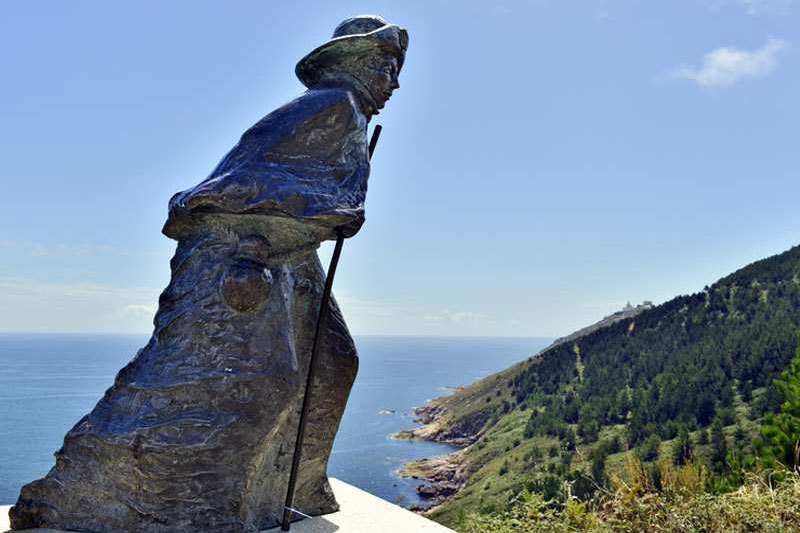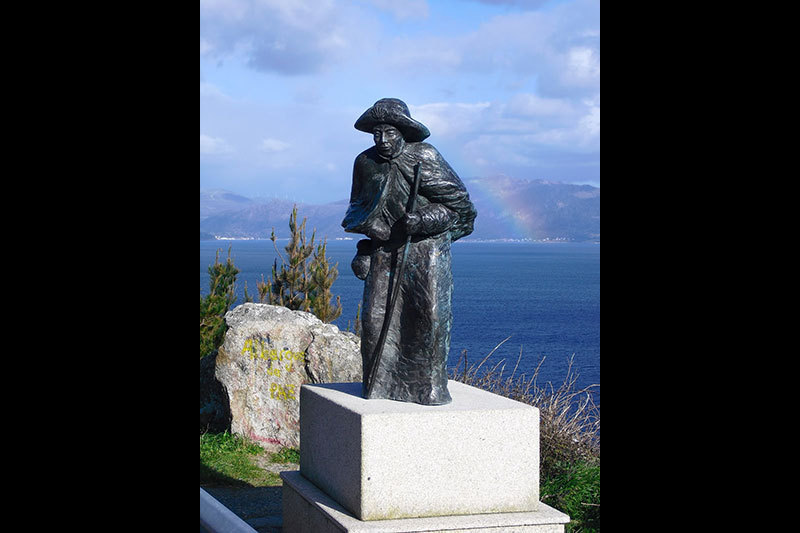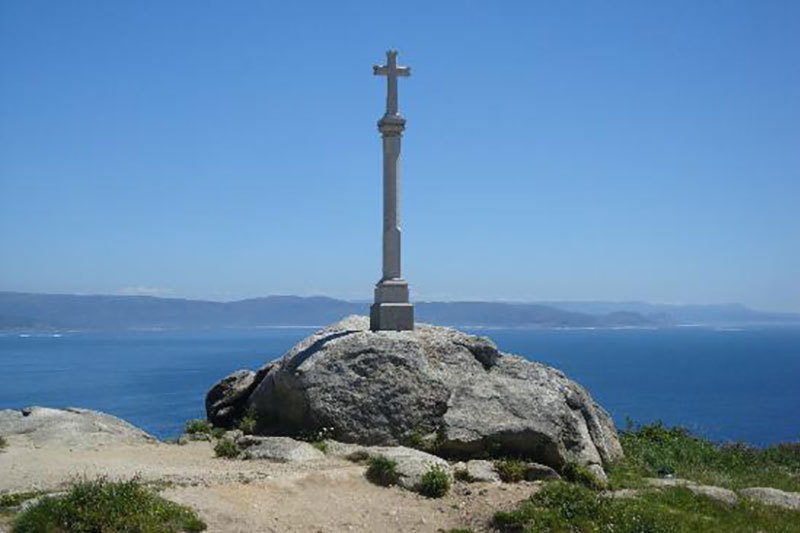The "end of the earth" condition is also an incentive to undertake the Road to Santiago, because every traveler wants to always reach beyond, until the end of the road.
Already the Roman historian Lucius Florus tells how the legionaries of Rome contemplated with sacred fear the sunset over the ocean, when they reached this point, the Finis Terrae, in the second century BC. The FinisTerrae, Finisterre or Fisterra, as it is denominated in Galicia, has since become an obligatory place for all who already made the Jacobean Route.
If the route from Santiago to Finisterre is made by the coast, the traveler will find in Noia a small Compostela. It was precisely a French archbishop, Berenguel de Landoire, who, badly received by the santiagueses, established his habitual residence there, building churches and palaces. At the mouth of the estuary the village of the village of Muros is grouped, and then the coast is open towards Finisterre. A coast with wide sandy beaches, open to the ocean and high mountains behind you can see on the coast in front of you. The most impressive for its tall and mysterious rocks of pink granite is Pindo Mount, the Celtic Olympus of the Galicians. And finally, the town of Finisterre, around its square of Ara Solis, nostalgic memory of the altar raised by the Romans to worship the sunset.
The road that leads to the end of the cape, starts next to the Romanesque church of Santa Maria das Areas, where the image of the Holy Christ of Golden Beard is preserved. In the highest part of the mountain, there was a hermitage and carved stones that gave the place a sacred character.
Now a lighthouse, this lighthouse, orients the incessant parade of ships by one of the places of more intense maritime traffic of the world. Today we are no longer at the end of the earth, but at the end of the Road to Santiago. Just go back. Return happy and satisfied. Having made the Road to Santiago is a decoration that can always be proudly displayed. If you have reached Finisterrre, with more reason.


